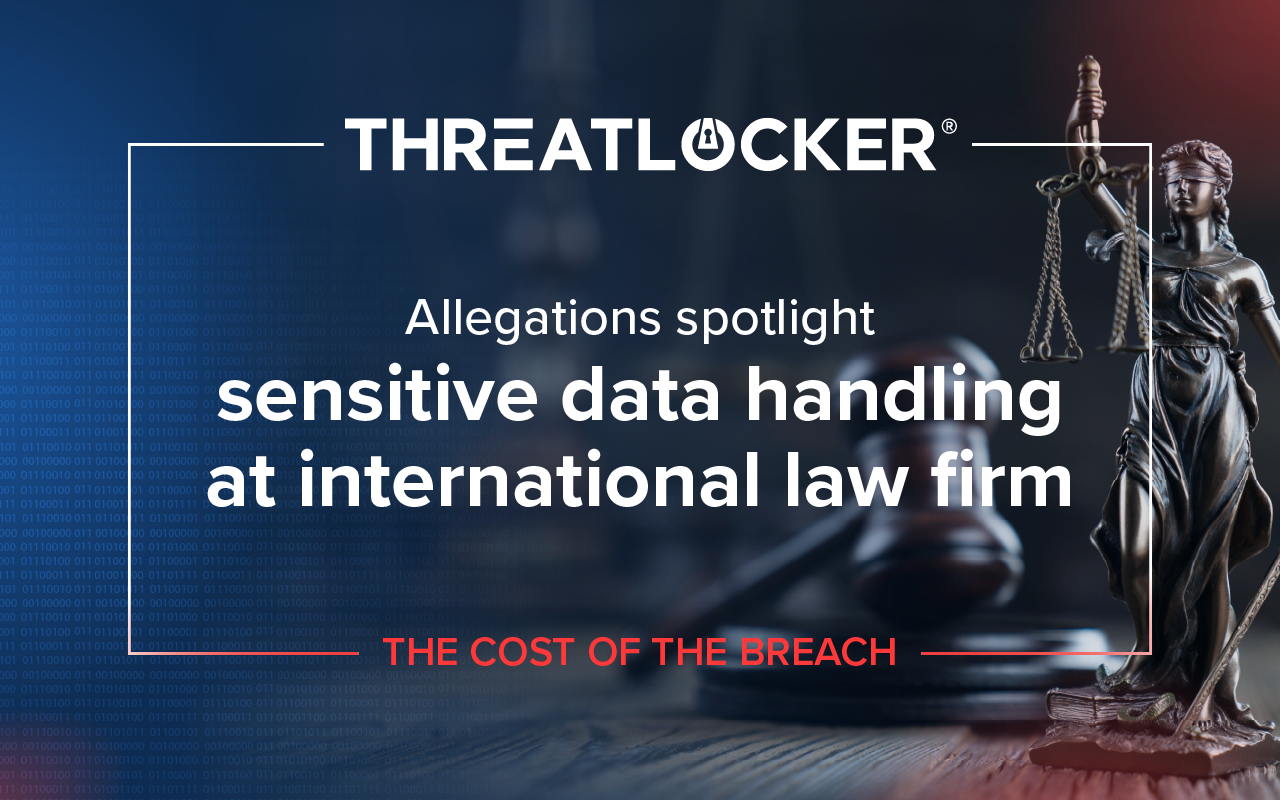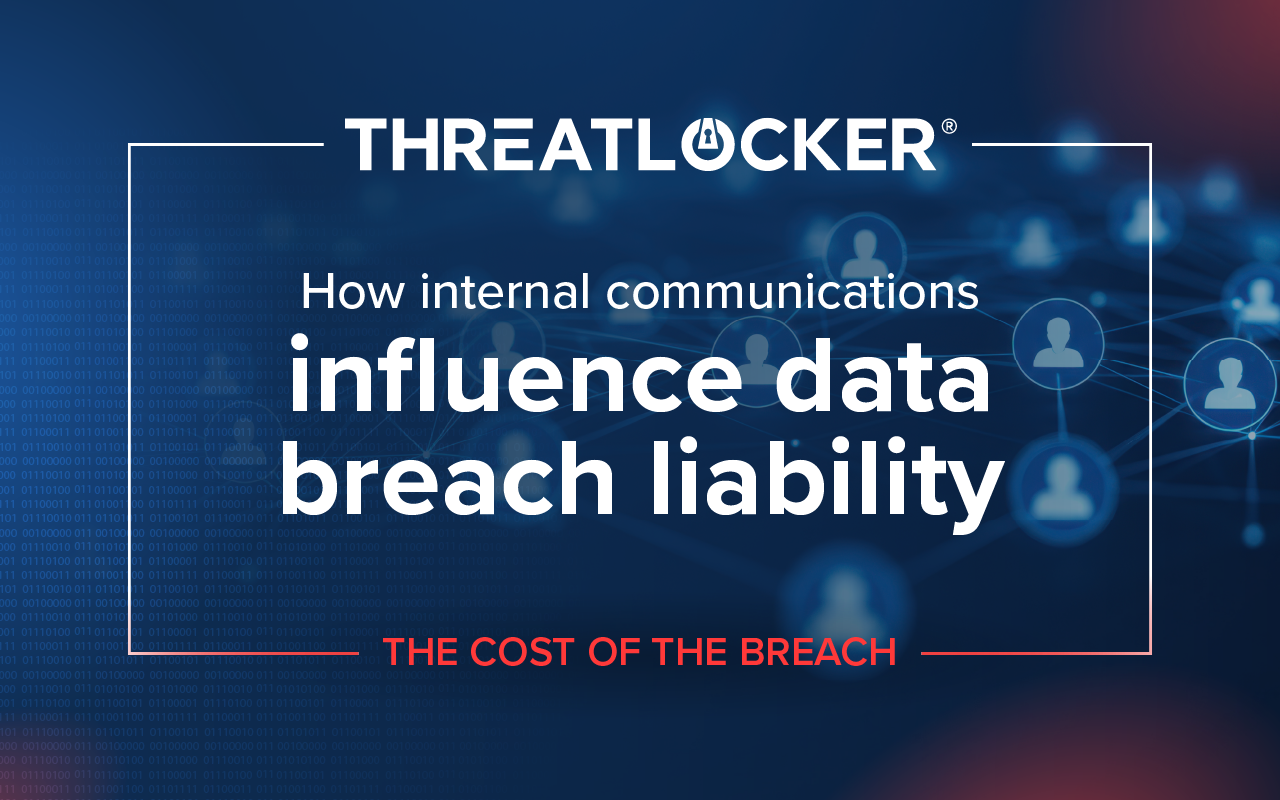Table of contents
A Tampa Bay manufacturer is suing its former Vice President of Operations for allegedly accessing proprietary data after being fired, an incident that raises familiar concerns about insider threats and data security in cloud environments.
Coating Technology Inc., headquartered in Oldsmar, filed a federal complaint against Jesse French on June 20 in the U.S. District Court for the Middle District of Florida. The company alleges that French, after being terminated in March, used his old login credentials to access proprietary CAD files stored on the cloud platform Fusion360 for five and a half hours in May. At the time, French was working for a competitor.
Breached company claims damages
The lawsuit seeks damages under both the federal Computer Fraud and Abuse Act and Florida’s Computer Abuse and Data Recovery Act, citing damages stemming from employee time and forensic review. The company also claims French accessed sensitive designs used for machine-cut protective coatings applied to aircraft parts.
Without commenting on the particulars of this case, as it’s too early to know what the court will decide, unauthorized access is an attack vector that several ThreatLocker products can prevent.
Protecting against data breaches
These ThreatLocker products are designed to prevent breaches via unauthorized access.
Storage Control
With Storage Control, network storage locations hosting sensitive data can be limited to specific users or applications, or from machines running ThreatLocker.
Network Control
Network Control approaches protection from another angle. If the server hosting the application is running ThreatLocker, it can limit inbound traffic to specific IPs and ports, while blocking all other inbound sources.
Cloud Control
Cloud Control is a new product designed to prevent unauthorized access and token theft to Microsoft 365 hosted resources. Any ThreatLocker managed device will report it’sits IP to the ThreatLocker agent, which will then be added to a dynamic ACL, tied to a conditional access policy, to allow access to Microsoft 365 resources like SharePoint or OneDrive.
“In many cases like this, organizations only find out after the damage is done,” said Danny Jenkins, CEO of ThreatLocker, in a recent keynote. “The goal shouldn’t be to detect threats. It should be to prevent them.”
Coating Technology’s complaint underscores the financial and operational impact of post-termination access. The company alleges it was forced to conduct a damage assessment, review its systems, and take remediation actions after learning of the breach.
The case is still pending.
Insider access cleanup checklist
IT operations
- Identify one ex-employee whose account still has active access to sensitive file shares. Disable it today.
- Run a report of all external storage (USB drives, external disks) accesses in the last week. Investigate an unexpected or unused device.
- Check which applications are allowed to read or write to shared folders. Remove one application that doesn’t strictly need access.
GRC and compliance staff
- Review your access revocation workflow for offboarding; test with one recent departure to see if all accesses (cloud, file shares, devices) were removed.
- Ensure that your employee exit checklist includes turning off or reassigning service accounts and credentials.
Security architects
- Audit logs for file deletion or movement by admin/privileged accounts in the past few days. Investigate any anomalies.
- Implement or review Ringfencing™ policies to prevent applications from accessing or moving sensitive data unless explicitly allowed.
CISOs and security leaders
- Ask for a summary report of standing admin roles and privileged access. Identify one that seems over-broad and start planning its restriction.
- Prepare one slide for leadership showing what data could be exposed through retained access and what a single ex-employee-abuse scenario could cost in liability and trust.
Next step: Lock down data access from those who shouldn’t have it
When former employees retain access, the damage can be swift. ThreatLocker Storage Control enforces policy-driven control over local folders, network shares, and external devices so that only approved users and applications touch sensitive data. Ensure ex-employees are locked out, USBs are controlled, and sensitive files are protected.





